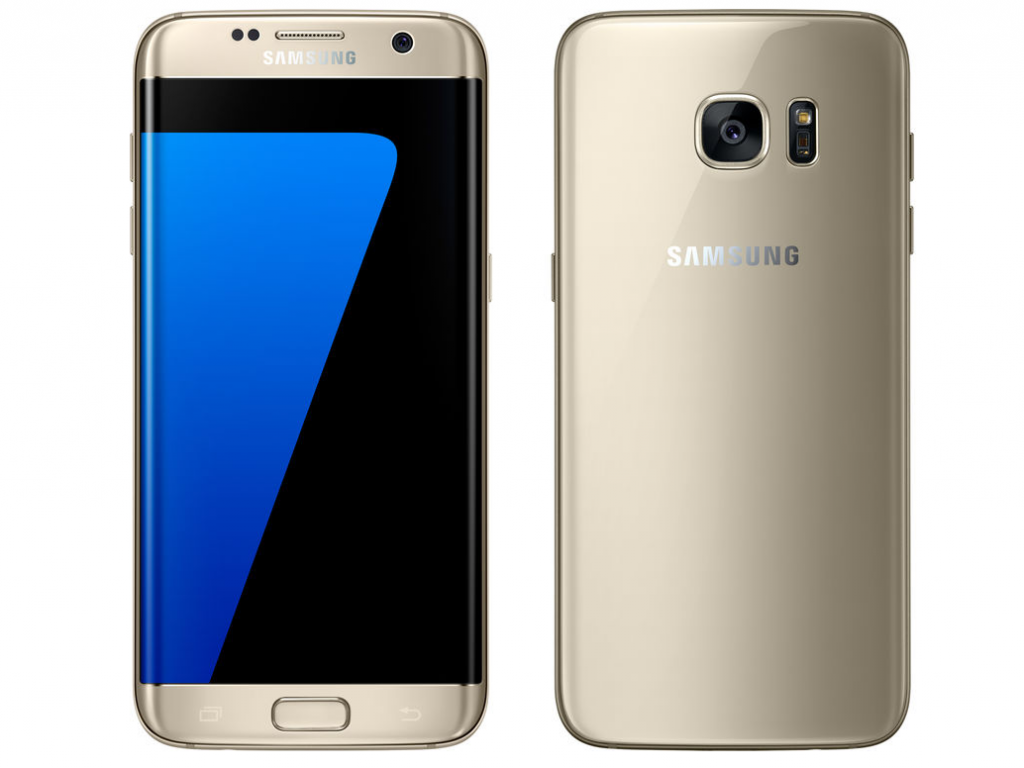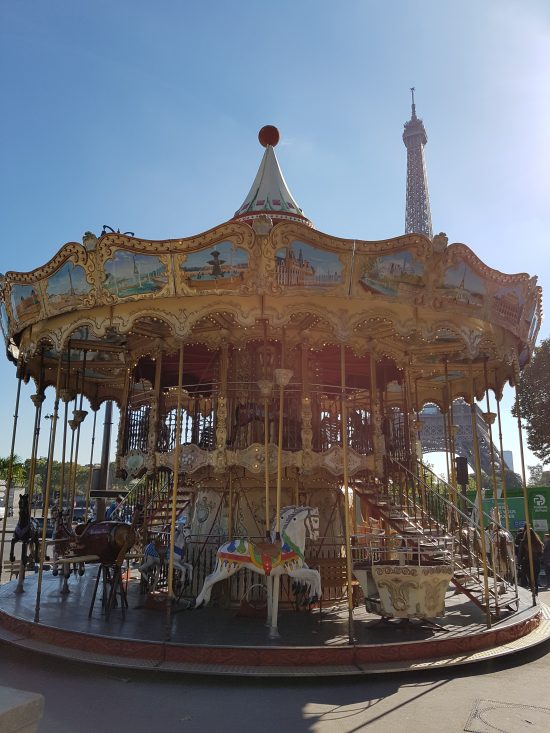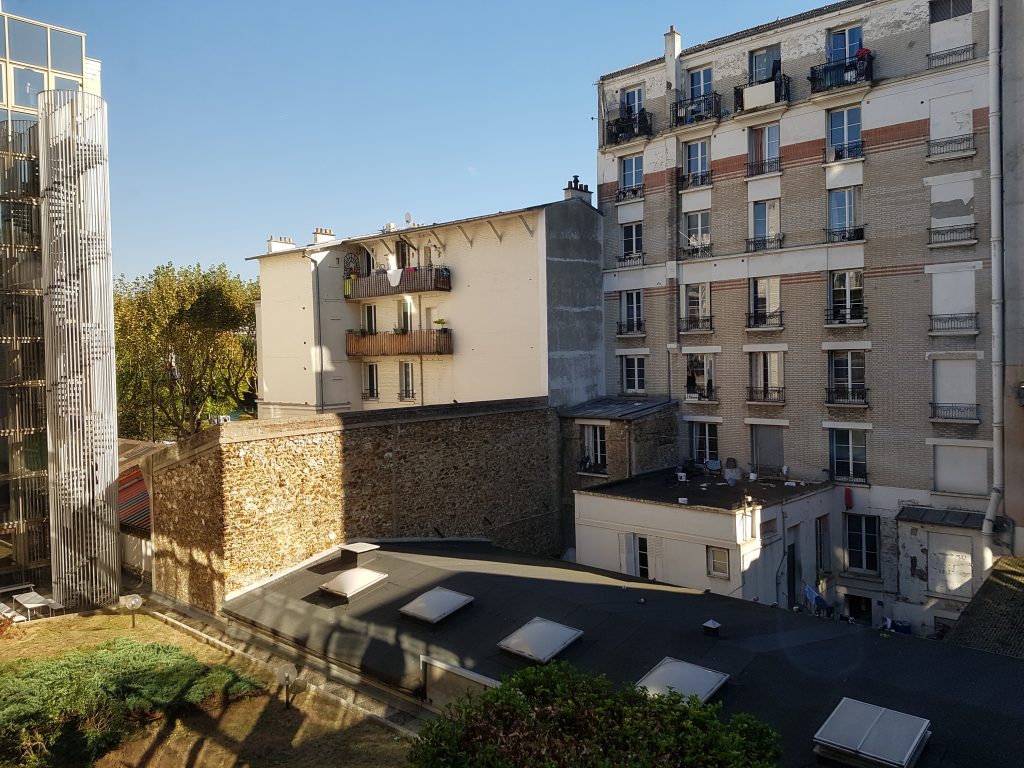The Galaxy S7 Edge is Samsung’s 2016 flagship smartphone, combining a powerful Qualcomm Snapdragon 820 chipset with a 5.5-inch QHD AMOLED display and a 12 Mp main camera that offers a fast f/1.7 aperture lens, optical image stabilization, and 4K video recording. Announced in February 2016, the Galaxy S7 Edge’s main rivals are devices such as the Apple iPhone 7, the LG G5, and the Huawei P9. Have a look at the scores below to see how it performed in our testing.
Key specifications:
- 12 Mp 1/2.5″ sensor with 1.4µm pixels
- f/1.7 aperture lens
- 26mm equivalent focal length
- Optical image stabilization
- PDAF
- LED flash
- 4K video at 30 fps
- 5 Mp front camera with f/1.7 aperture lens
Test summary
The Samsung Galaxy S7 Edge camera performed very well overall in our testing, with very fast and accurate autofocus in all conditions, low levels of noise, and decent image detail in most scenarios. With a single-lens camera, it’s no surprise that the S7 Edge’s downsides include unnatural image results when shooting in bokeh mode and low levels of detail when zooming. We also observed the occasional white balance cast when shooting indoors.


Pros
- Fast and accurate autofocus in all testing conditions
- Noise is fairly well-controlled in most conditions
- Good detail in most light conditions
- Generally vivid and pleasant colors
- Flash: pleasant overall rendering with and without additional illuminant
Pros
- Fast and accurate autofocus
- Generally vivid and pleasant colors
- Low noise levels in most test conditions
Cons
- Occasional white balance casts, especially in indoor conditions
- Strong loss of detail when zooming in
- Very unnatural bokeh effect
- Ringing is often noticeable
- Occasional flare
Cons
- Noticeable loss of detail in most test scenarios
- Inefficient stabilization







DXOMARK encourages its readers to share comments on the articles. To read or post comments, Disqus cookies are required. Change your Cookies Preferences and read more about our Comment Policy.